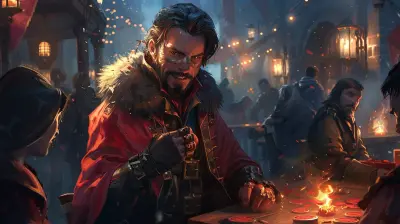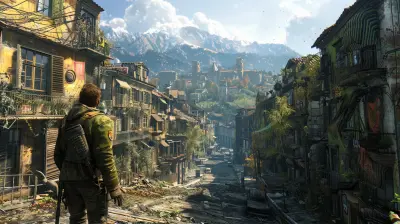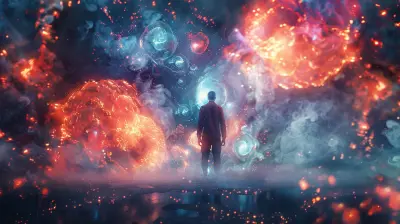How Developers Use DLC to Keep Games Fresh
12 August 2025
Imagine this: you’ve been playing your favorite video game for months, maybe even years. You’ve completed the main storyline, mastered all the side quests, and unlocked every secret. It’s bittersweet, right? You’ve loved every second of it, but now there’s nothing left to do. Then, out of nowhere, bam! The game studio drops a brand-new DLC (downloadable content), and just like that, it feels like your game has been reborn. But how exactly do developers use DLC to keep games fresh and exciting for players like you and me? Let’s dive into the fascinating world of DLCs, shall we?
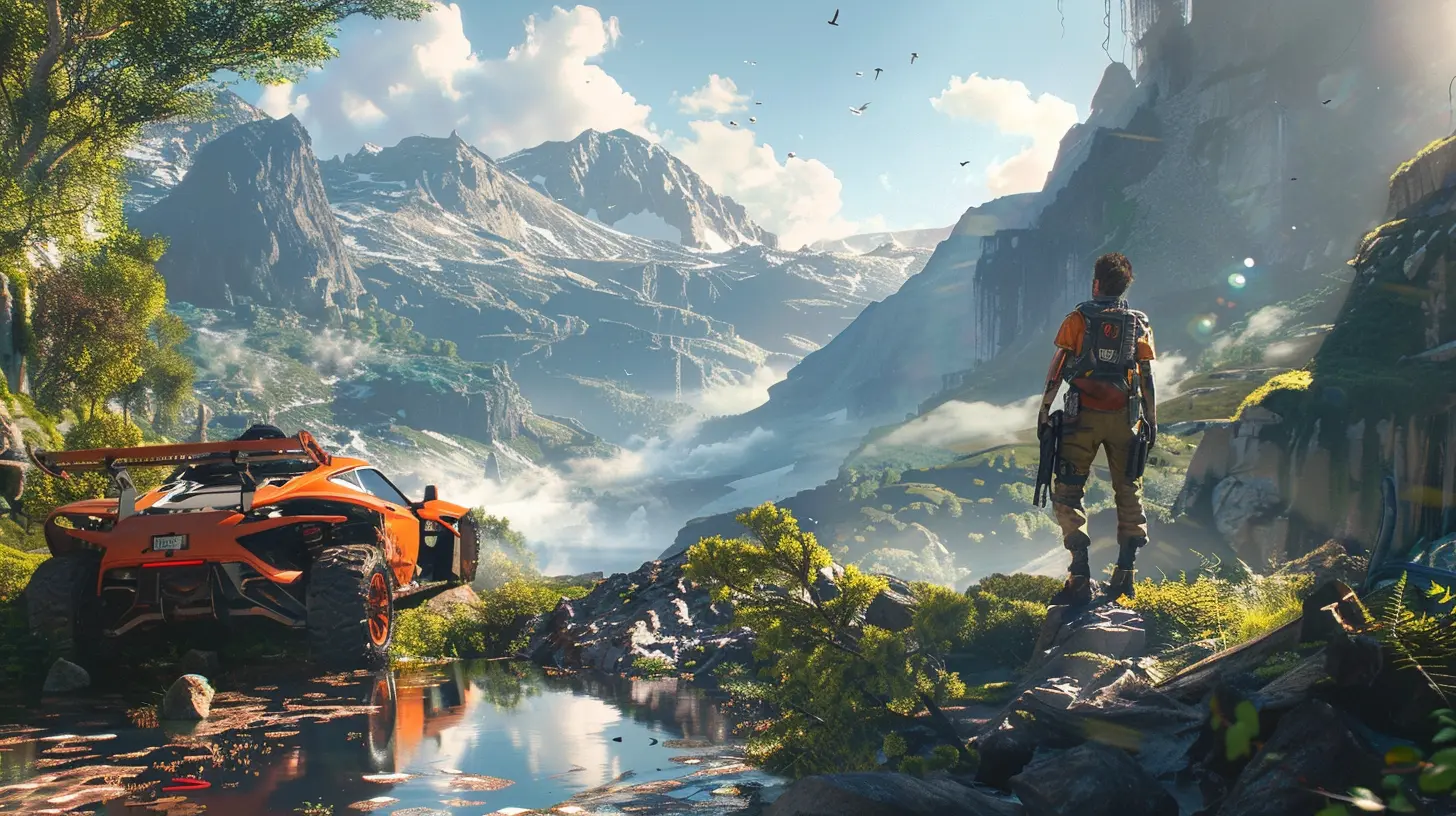
What Is DLC and Why Is It So Popular?
Before we jump into the nitty-gritty, let’s first address the basics. DLC stands for downloadable content, and it’s exactly what it sounds like—additional content you can download for a video game you already own. This can range from small cosmetic items to massive expansions that add hours of gameplay.So, why do gamers love DLC? It’s simple: DLC keeps things interesting. It’s like adding extra toppings to your pizza—sure, the pizza was already good to start with, but those extra goodies take it to the next level. DLC breathes new life into games, giving players a reason to stick around longer.
For developers, it’s a win-win. Not only does it keep players engaged, but it also provides an additional revenue stream. Let’s be honest—developing games isn’t cheap, so DLC helps studios recoup costs and fund future projects. 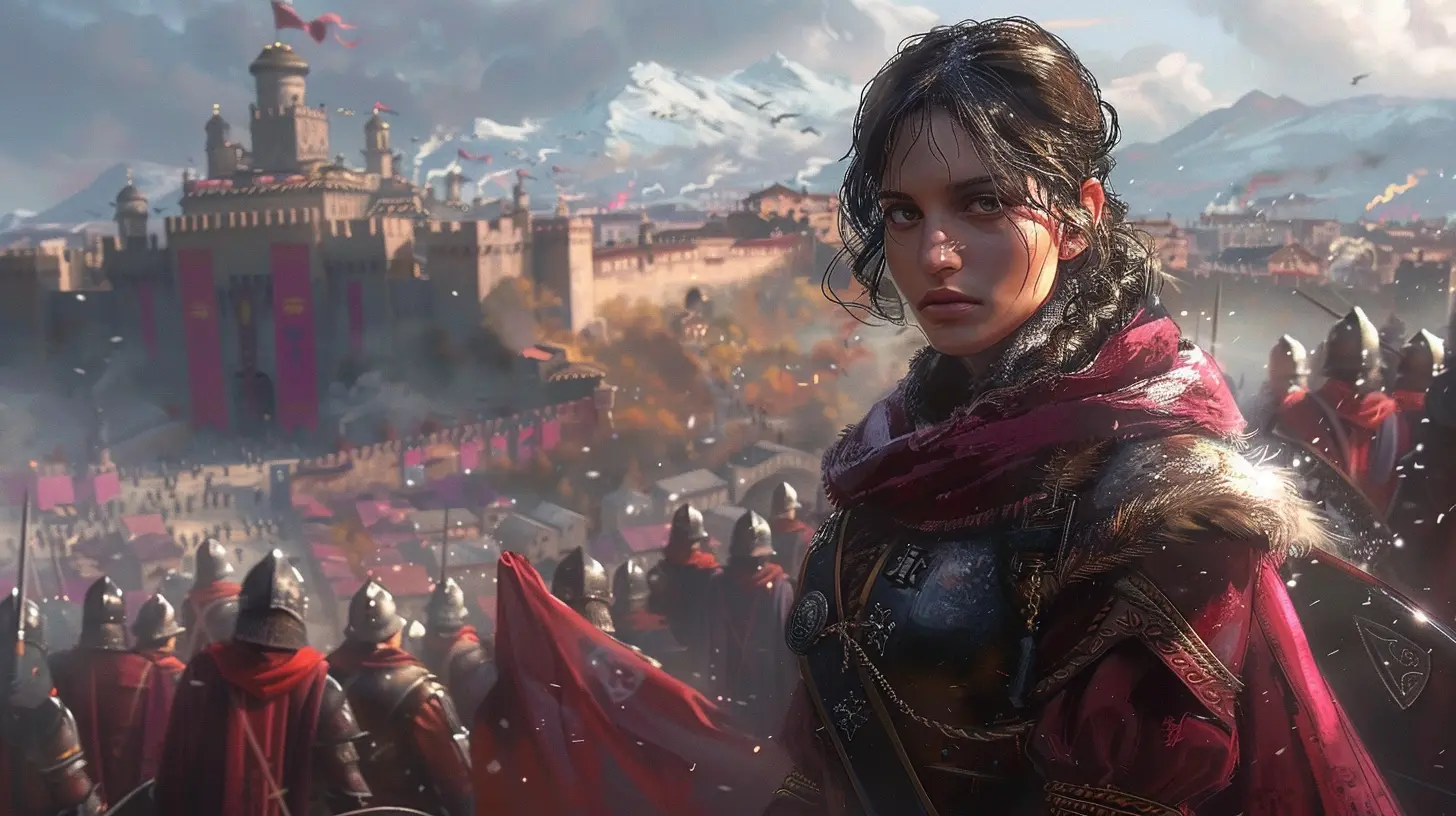
The Art of Building Hype With DLC
Game developers are marketing geniuses when it comes to hyping up DLC. They know exactly how to get players excited. Teasers, social media posts, countdowns—you name it. It’s like waiting for a new season of your favorite TV show.Take something like The Witcher 3: Wild Hunt. The game’s already massive, yet CD Projekt Red dropped two incredible DLC expansions—Hearts of Stone and Blood and Wine. Each one came with its own trailer, stirring up excitement among fans who couldn’t wait to jump back into Geralt’s boots.
But it’s not just about trailers and announcements. Sometimes, developers use in-game breadcrumbs to tease upcoming content. Have you ever noticed a mysterious locked door or an unexplained map marker in a game? That’s often the developer’s way of whispering, “Stay tuned. Something cool is on the way.” It’s clever, isn’t it? 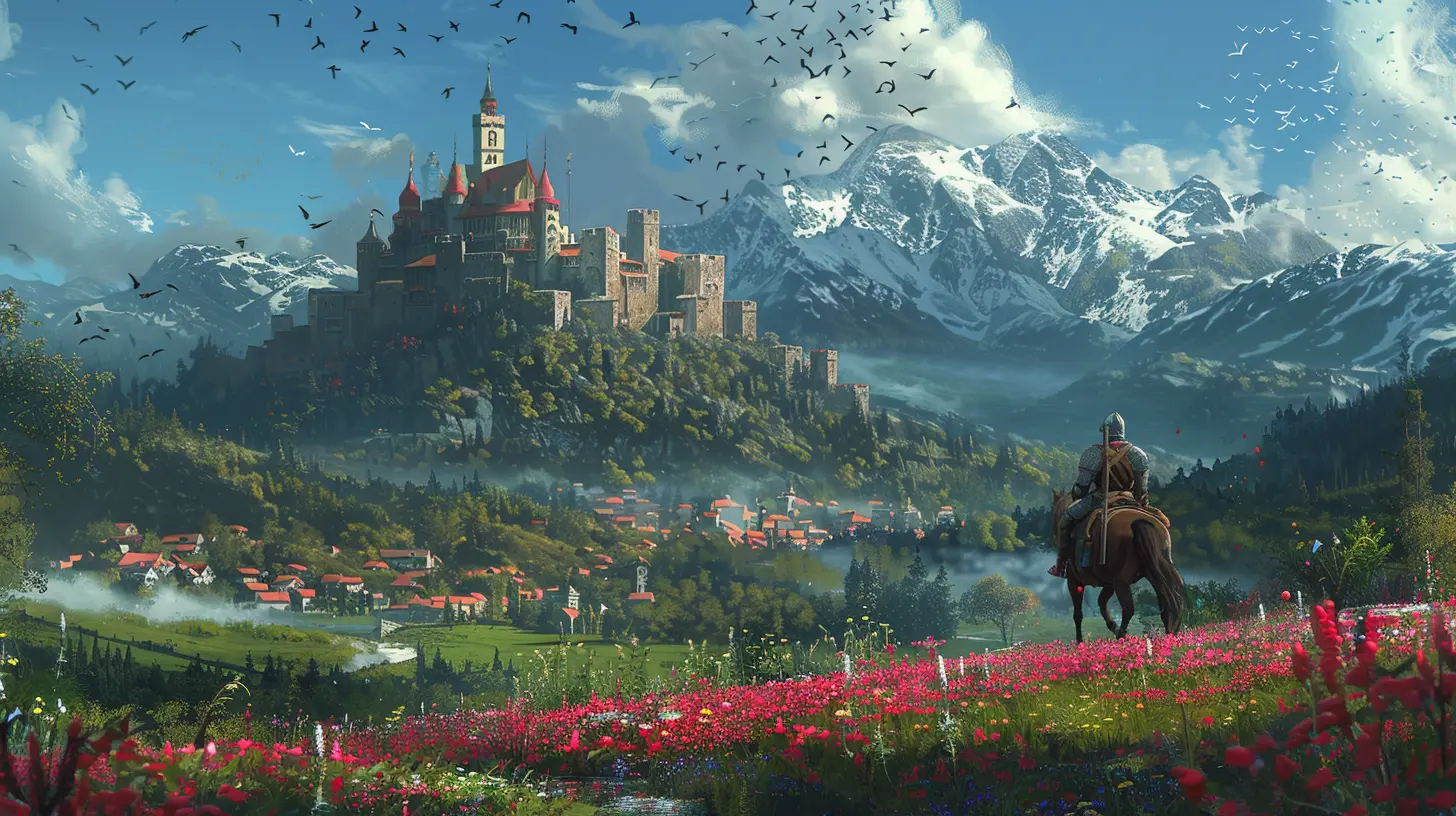
Types of DLC: From Cosmetic to Game-Changing
Not all DLC is created equal. Some are small, bite-sized additions, while others transform the entire gaming experience. Let’s break it down:1. Cosmetic DLC
Ever wanted to dress your character in a fancy outfit or give your car a sleek, new paint job? Cosmetic DLC is all about appearances. It doesn’t affect gameplay, but it lets players express themselves.Take Fortnite, for example. Its cosmetic DLC, like skins and emotes, is a goldmine. Players fork over real cash to deck out their characters in style, even though it doesn’t give them any competitive advantage.
2. Content Expansions
This is where the magic happens. Content expansions add new levels, characters, storylines, or gameplay mechanics. Remember The Sims? Its expansion packs introduced everything from pets to vampires, completely changing how you played the game.Games like Destiny 2 and World of Warcraft thrive on these massive updates. They’re practically new games bundled as DLC. These expansions keep players coming back for months—sometimes even years.
3. Quality of Life Updates
Sometimes DLC isn’t flashy—it’s functional. These updates fix bugs, improve user interfaces, or tweak gameplay mechanics. While they might not generate as much buzz, they’re essential for keeping a game enjoyable. After all, no one wants to play a buggy mess!4. Challenge Modes and Bonus Levels
For the completionists out there, DLC can include challenging bonus content. Think about something like Dark Souls. Extra boss fights and new areas push even the most seasoned players to their limits. It’s like a gym for your gaming skills—harder, but oh-so-rewarding.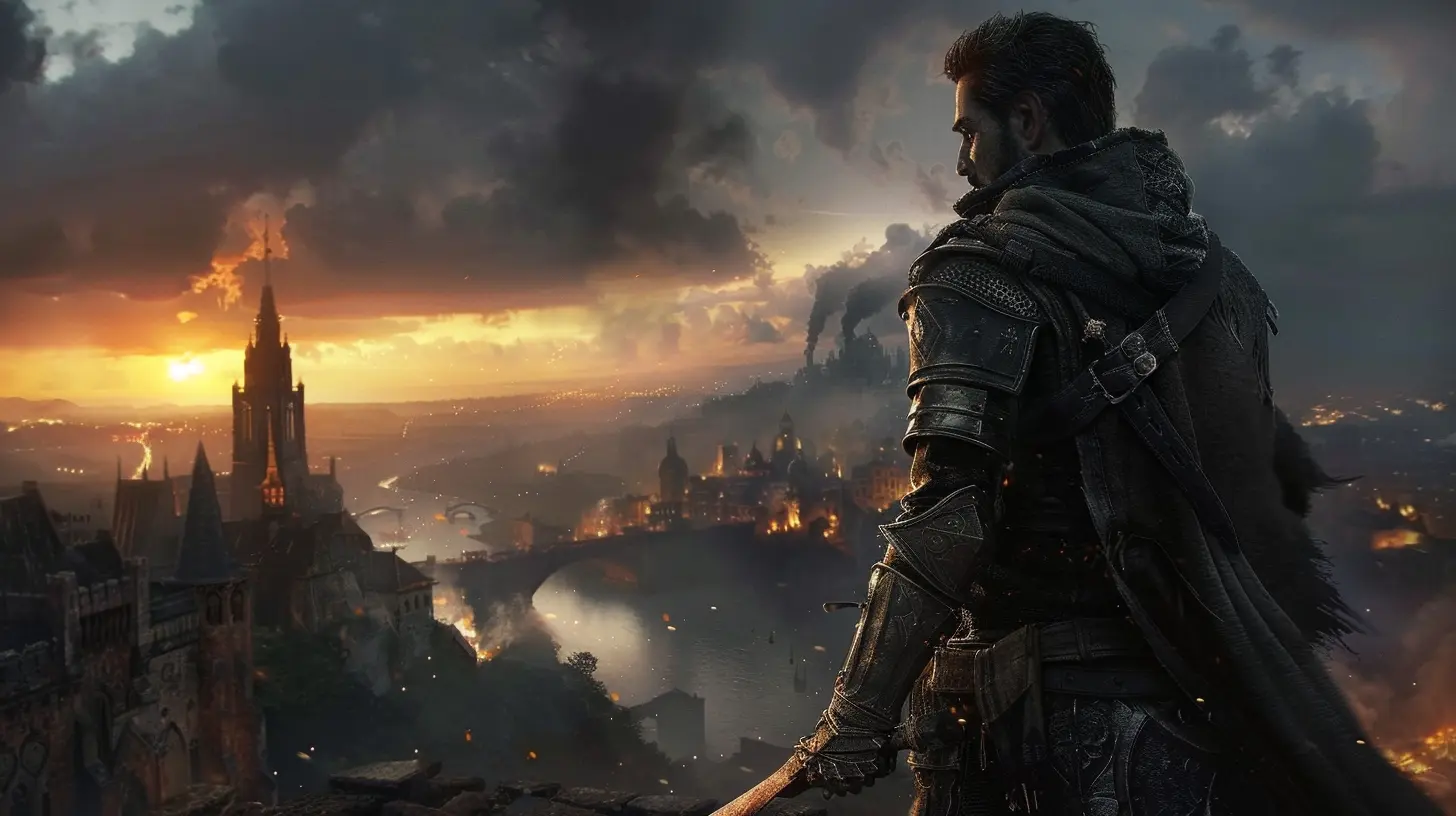
How DLC Keeps Games Relevant in a Competitive Market
Let’s face it: the gaming industry is insanely competitive. New titles drop every week, and the attention span of players is notoriously short. This is where DLC becomes a game-changer (pun intended).DLC allows developers to extend a game’s lifecycle. Think about it—without DLC, a game might only stay popular for a few months. But with regular updates, a game can stay relevant for years. Just look at Grand Theft Auto V. That game launched in 2013, yet thanks to constant DLC updates for GTA Online, it’s still one of the most-played games today.
And it’s not just about keeping players engaged—it’s about attracting new ones. When a game gets a fresh DLC drop, it’s an opportunity to bring in players who might’ve missed it the first time around. It’s like giving a second wind to an aging product.
The Community Factor: Listening to Player Feedback
One of the coolest parts of modern gaming is how closely developers work with their communities. Thanks to platforms like Reddit, Twitter, and Discord, players can share feedback directly with the people making their games.Smart developers use this feedback to shape their DLC. For example, after fans of No Man’s Sky voiced their concerns about the lack of content at launch, Hello Games dropped multiple free DLC updates to address those issues. Not only did the game bounce back, but it also became a shining example of how listening to your community pays off.
This two-way conversation creates a sense of trust and loyalty between players and developers. When studios respond to their fans’ wishes with meaningful DLC, it shows that they care.
The Controversy Around Paywalls
Of course, not all DLC practices are sunshine and rainbows. Some developers have faced backlash for locking important content behind paywalls.Players hate feeling like they’re being nickel-and-dimed. When a game costs $60, and then you’re asked to pay more for content that feels crucial, it can leave a bad taste in your mouth. Take the infamous Star Wars Battlefront II controversy. Its loot box system and pay-to-win mechanics sparked outrage across the gaming community.
That said, there’s a fine line. When DLC feels like a fair value—something optional that enhances the game rather than holding it hostage—most players are happy to open their wallets.
What’s Next? The Future of DLC
The way we consume DLC is evolving, and subscription services are starting to enter the picture. Platforms like Xbox Game Pass and EA Play offer access to a ton of content for a monthly fee, including DLC.We’re also seeing more games adopt a “games as a service” model. Think Apex Legends or Fortnite. These games don’t rely on sequels—instead, developers continuously update them with new DLC, seasons, and events.
And let’s not forget about the rise of community-driven content. Some developers are even letting players create their own DLC in the form of mods. Imagine crafting your own levels, characters, or weapons and sharing them with other players. It’s like being handed the keys to the castle.
Wrapping It Up
So, there you have it. DLC is one of the most powerful tools developers have for keeping games fresh. Whether it’s adding a new chapter to the story, tweaking the gameplay, or just giving your character a flashy new look, DLC ensures that a game doesn’t gather dust on your shelf.For developers, it’s not just about making extra cash—it’s about creating an ongoing experience that players crave. Sure, there’s always going to be a debate about what’s fair and what’s not in the DLC world, but at the end of the day, it’s clear that downloadable content is here to stay.
And honestly? I’m okay with that. Who doesn’t love the idea of squeezing even more fun out of their favorite games?
all images in this post were generated using AI tools
Category:
Downloadable ContentAuthor:

Leandro Banks
Discussion
rate this article
1 comments
Lira Pope
DLC isn't just a cash grab; it's a lifeline for devs and players alike. Embrace it! Fresh content fuels engagement and creativity, keeping games alive long after launch. It's innovation, not exploitation!
August 19, 2025 at 3:48 AM

Leandro Banks
I appreciate your perspective! DLC can indeed enhance player engagement and support developers by providing ongoing content. It’s a vital part of the gaming ecosystem.
